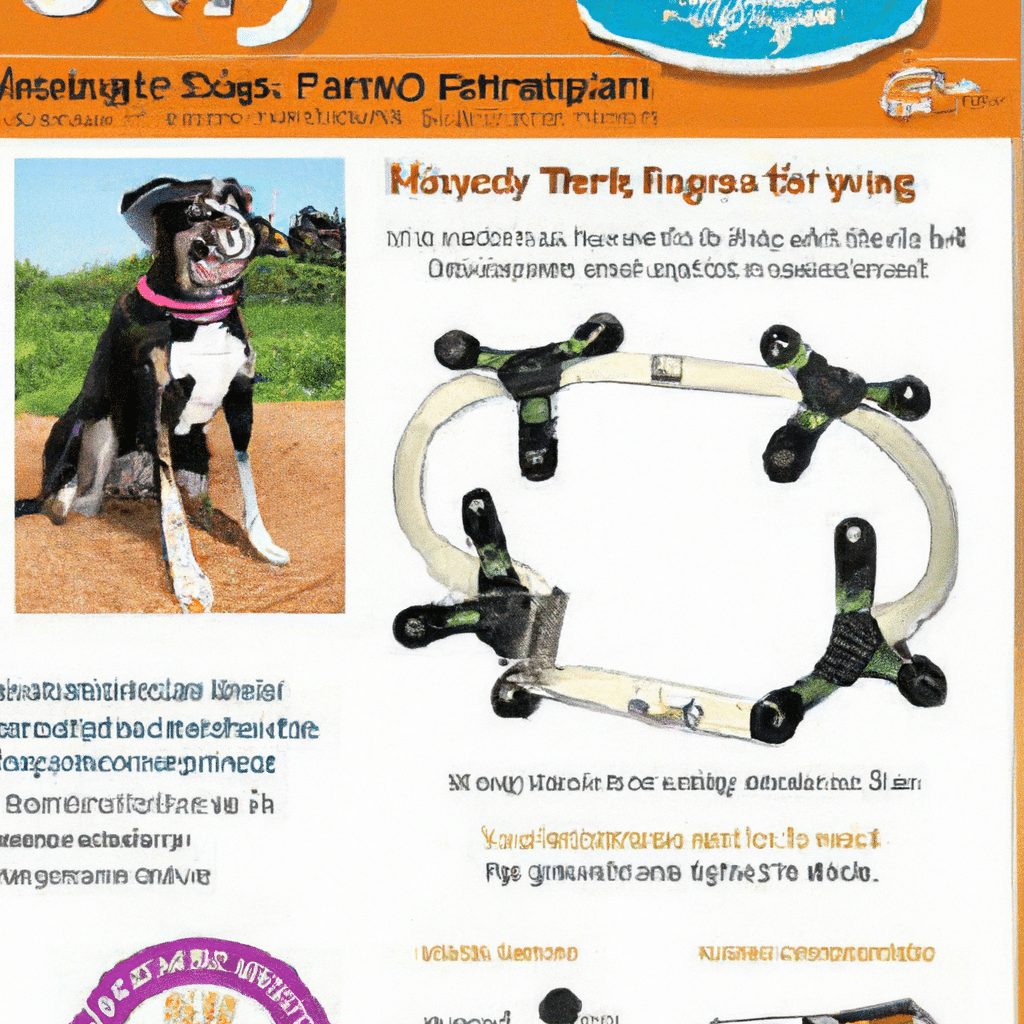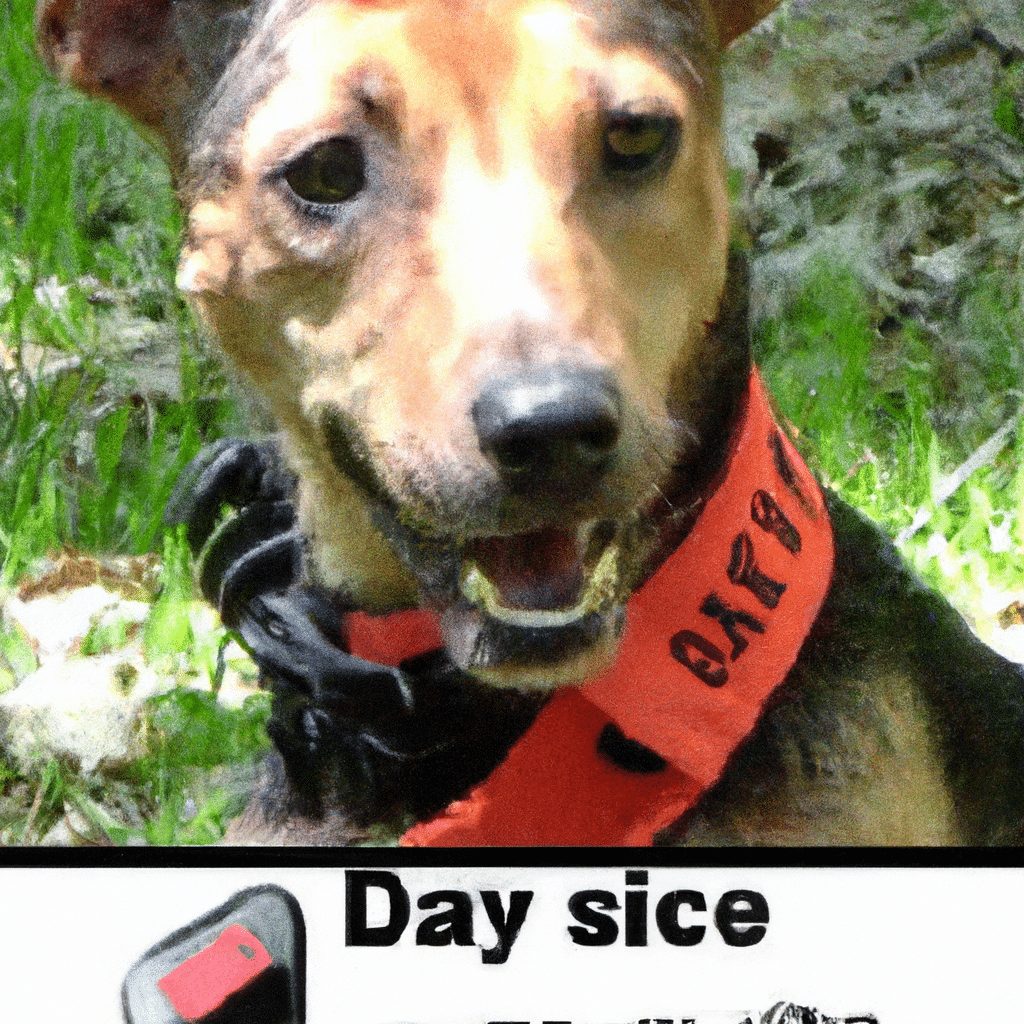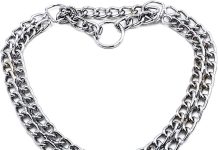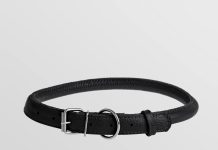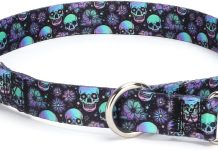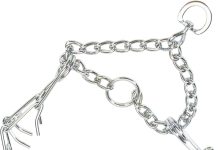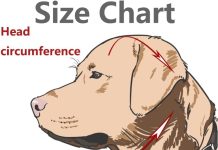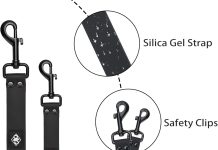Have you recently bought a step-in dog harness and are now wondering how to put it on? Don’t worry, we’ve got you covered! In this article, we will guide you through the simple and easy process of correctly putting on a step-in dog harness. Whether you’re a new pet owner or just looking for a better alternative to traditional collars, our step-by-step instructions will help ensure your furry friend is comfortable and secure on their daily walks. So, let’s get started and learn how to properly put on a step-in dog harness!
Choosing the Right Step-in Dog Harness
When it comes to choosing a step-in dog harness, it is important to consider your dog’s size and breed. Different breeds have different body shapes and sizes, so it is crucial to find a harness that will fit your dog properly. You want to ensure that the harness is not too tight or too loose, as it may cause discomfort or even result in your dog slipping out of it.
Look for Adjustable Straps
One key feature to look for in a step-in dog harness is adjustable straps. This allows you to customize the fit of the harness to your dog’s specific size and shape. With adjustable straps, you can ensure that the harness hugs your dog’s body snugly without being overly tight. This not only provides a secure fit but also ensures your dog’s comfort.
Choose a Comfortable Material
Another important aspect to consider when selecting a step-in dog harness is the material it is made from. You want to choose a comfortable material that won’t chafe or irritate your dog’s skin. Soft, breathable fabrics such as nylon or mesh are often popular choices. Additionally, look for harnesses with padding in key areas, such as the chest or back, to provide extra comfort for your furry friend.
Preparing the Harness
Before putting the step-in dog harness on your dog, take a few moments to prepare it properly. Checking for any damages or wear is essential to ensure that the harness is in good condition and will securely hold your dog. Look for any frayed straps, loose stitching, or broken clips. If you notice any damage, it’s best to replace the harness to ensure your dog’s safety.
Next, adjust all the straps to fit your dog’s body. Each strap should be snug but not too tight, allowing for comfortable movement. It’s a good idea to adjust the straps to their maximum length initially, so it’s easier to maneuver your dog into the harness. You can always tighten them later once the harness is on.
Keep some treats handy when putting on the harness. This will help reward your dog for cooperating and create positive associations with the harness. Treats can also be used to distract your dog if they become anxious or fidgety during the harnessing process.
Putting on the Step-in Dog Harness
To put on a step-in dog harness, start by placing it on the ground with the inside facing up. Ensure that both the left and right loops are visible and easily accessible.
Next, guide your dog’s front paws into the loops of the harness. Lift each paw and gently place it through the corresponding loop, making sure that the paw goes through the loop and not over it. This step can be easier if you use a treat to entice your dog’s cooperation.
Once your dog’s front paws are through the loops, lift the harness up and fasten the clips located on the back. There may be one or multiple clips, depending on the design of the harness. Make sure each clip snaps securely into place.
Adjusting the Harness for a Secure Fit
After putting on the step-in dog harness, it is crucial to ensure a secure fit. The harness should be snug but not tight, allowing your dog to move comfortably without slipping out of it. You should be able to fit two fingers under each strap when the harness is properly adjusted.
Check for any signs of chafing or rubbing on your dog’s skin. If you notice any redness or irritation, it may be an indication that the harness is too tight or rubbing against your dog’s body. In this case, make necessary adjustments to relieve any discomfort.
If you find that the harness is too loose, especially around the chest area, you can tighten the straps to achieve a more secure fit. However, be cautious not to overtighten the harness, as this can cause discomfort and restrict your dog’s movement.
Getting Your Dog Comfortable with the Harness
Getting your dog comfortable with wearing a step-in harness is a gradual process. It is essential to offer rewards and praise to create positive associations with the harness. Whenever your dog allows you to put the harness on or wears it without fuss, reward them with treats and verbal praise. This positive reinforcement helps to build trust and makes the harnessing experience more enjoyable for your furry friend.
Start with short practice sessions to acclimate your dog to the harness. Put the harness on for a few minutes at a time indoors, allowing your dog to walk around and get used to the feeling of wearing it. Gradually increase the duration of these practice sessions as your dog becomes more comfortable.
During the initial training period, it is important to keep an eye on your dog for any signs of discomfort or distress. If your dog seems anxious or tries to paw at the harness, offer reassurance and take a step back in the training process. Allow your dog to take breaks and gradually increase the wearing time as they adjust.
Common Mistakes to Avoid
There are a few common mistakes that dog owners should avoid when using a step-in dog harness. Firstly, choosing the wrong size can lead to an ill-fitting harness that may not properly secure your dog. Take accurate measurements of your dog’s chest and neck to select the appropriate size according to the manufacturer’s guidelines.
Putting the harness on backward is another mistake that can happen easily. Take note of the correct orientation of the harness and ensure that the hooks and clips are facing outward.
Leaving the straps of the harness too loose can also compromise the security and effectiveness of the harness. Always make sure to adjust the straps snugly but not too tight, providing a comfortable and secure fit for your dog.
Tips for Training Your Dog to Accept the Harness
Training your dog to accept the step-in harness can be made easier with a few helpful tips. Introduce the harness slowly, allowing your dog to sniff and investigate it before attempting to put it on. This helps familiarize your dog with the new object and reduces their anxiety.
To desensitize your dog to touch, gently stroke and pet them while the harness is nearby. Gradually work your way up to touching your dog with the harness, rewarding them for staying calm and relaxed.
Association the harness with positive experiences is crucial for getting your dog comfortable with wearing it. Incorporate the harness into activities your dog enjoys, such as going for walks or playtime. This helps your dog associate the harness with fun and excitement.
Ensuring Safety and Proper Use
To ensure the safety and proper use of a step-in dog harness, it is important to regularly inspect it for any signs of wear or damage. Check the straps, clips, and stitching for any fraying, stretching, or breakage. If you notice any issues, replace the harness promptly to avoid any accidents or escape attempts.
Avoid leaving the harness on unattended dogs, as they might chew or get tangled in it. Leaving the harness on for extended periods of time can also cause discomfort or chafing. Remember to remove the harness when it is no longer needed or during rest periods.
Never use the harness to tie up your dog, as it is not designed to withstand the pulling force or pressure. Using the harness in this way can harm your dog’s neck or cause injury.
Conclusion
Choosing the right step-in dog harness is essential for the comfort and safety of your furry friend. Consider factors such as size and breed, adjustable straps, and comfortable materials when making your selection. Preparing the harness properly, putting it on correctly, and adjusting it for a secure fit are important steps to ensure your dog’s comfort. Gradual training, positive reinforcement, and avoiding common mistakes will help your dog accept and enjoy wearing the harness. Always prioritize safety, inspect the harness regularly, and use it responsibly. With the right harness and proper training, you and your dog can enjoy walks and activities together with comfort and peace of mind.


